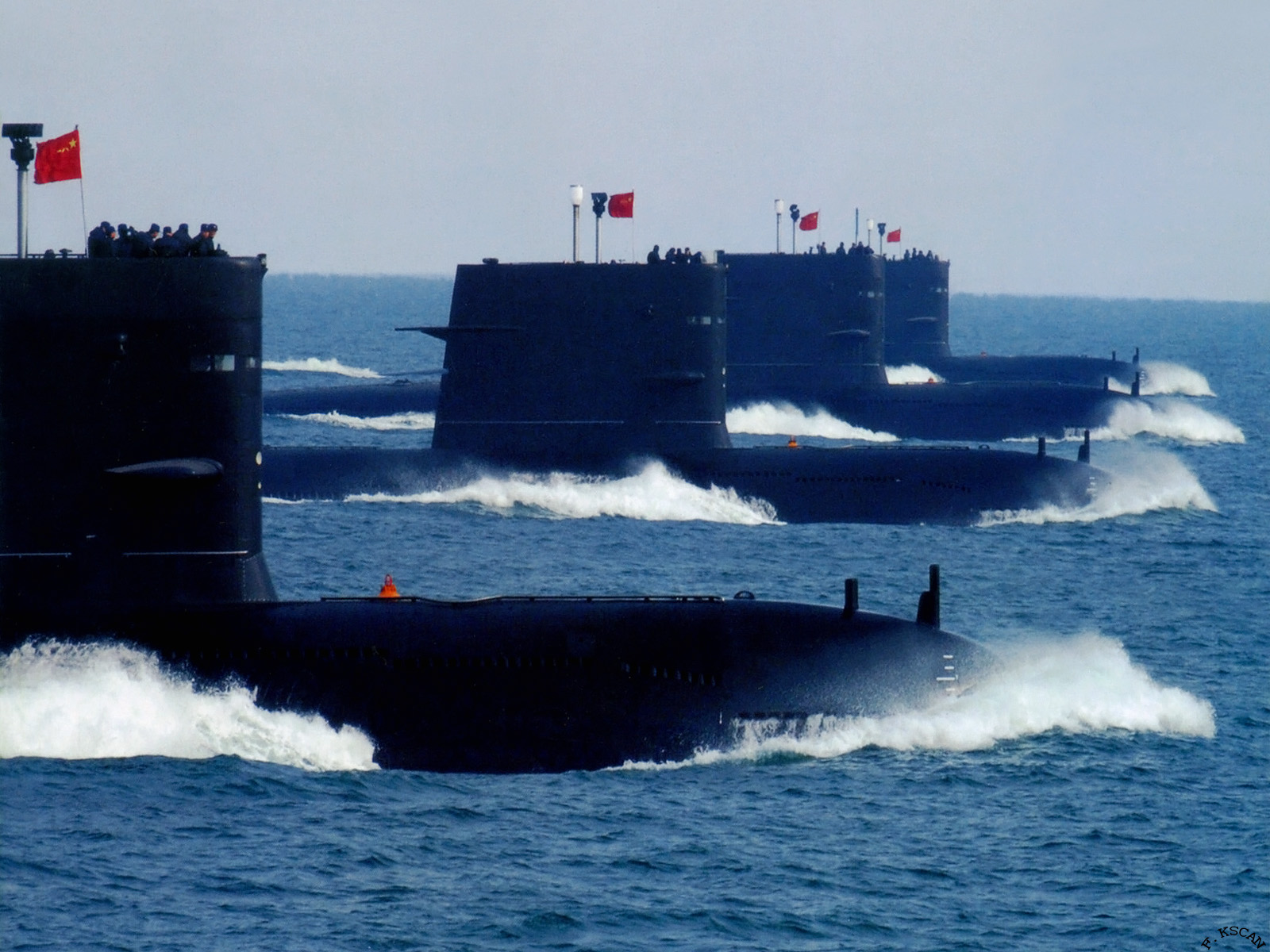Major Shaitan Singh
SENIOR MEMBER

- Joined
- Dec 7, 2010
- Messages
- 3,550
- Reaction score
- 43
- Country
- Location

A increasingly apparent reason for the Ministry of Defence’s slow decision-making on a second submarine production line for the Indian Navy is: the deep divisions within the navy over India’s submarine force. A debate rages between the submarine arm and the surface navy — particularly the dominant aviation wing — on whether the future lies in submarines or aircraft carriers. The navy’s submariners, meanwhile, debate the merits of conventional versus nuclear-powered submarines.
Slowed by these internal debates, India’s 30-Year Submarine Construction Plan, which the government approved in 1999, has languished. The 30-Year plan envisioned building 24 conventional submarines in India. Six were to be built from western technology and six with Russian collaboration; then Indian designers, having absorbed the best of both worlds, would build 12 submarines indigenously.
A senior retired admiral, reflecting the views of the submarine arm, blames the navy’s “aircraft carrier lobby” for the delay in building submarines. He alleges: “The last two naval chiefs (Admirals Arun Prakash and Sureesh Mehta) were aviators, who had no interest in using the navy’s limited budget for building submarines. So they exploited the division of opinion amongst submariners — the nuclear-powered versus conventional submarine debate — to push submarine building into the future.”
Nuclear-powered submarines are of two types: ballistic missile submarines (called SSBNs) and attack submarines (referred to as SSNs). Both are propelled by power from a miniature on-board reactor, but SSBNs also fire nuclear-tipped ballistic missiles. SSBNs are not a part of the fighting navy; they constitute a country’s nuclear deterrent and fire their nuclear-tipped missiles on orders from the national leadership. SSNs operate as part of a naval fleet, moving under nuclear power and sinking surface warships with conventional torpedoes and missiles.

Votaries of nuclear submarines, such as Rear Admiral (Retired) Raja Menon, argue that nuclear-powered submarines have a crucial advantage over conventional ones: endurance. While conventional (diesel-electric) submarines are more quiet and harder to detect while submerged, they are easily picked up when they surface to charge their batteries. Furthermore, they move slowly underwater, unlike nuclear submarines, which can remain submerged almost indefinitely. This allows a single nuclear submarine — travelling underwater to its patrol station and remaining there, undetected, for months — to do the job of multiple conventional submarines, which give their position away when they surface at regular intervals.
Admiral Menon explains, “A single SSN can dominate an area 1,000 nautical miles (1,850 km) away as effectively as three conventional submarines, which require one submarine on station, another transiting to relieve it, and a third transiting back to refuel. If the patrol area is farther than 1,000 nautical miles, a single SSN does the job of five conventional submarines. That is why the US Navy fields an all-nuclear force.”
But Menon accepts that the Indian Navy would always need conventional submarines. India’s coastal waters are so shallow that SSNs, which typically weigh 4,000-5,000 tonnes, run the risk of scraping the bottom. Conventional submarines, which normally weigh around 1,500 tonnes, are needed for dominating the coastal areas.

But the complexities of a nuclear submarine programme are evident from China’s current difficulties. China relies on its four primitive Han-class attack submarines (Type 091), having decided to close construction of the newer Shen-class (Type 093). Currently, China is grappling with a newer Type 095 SSN; five of these could be added “in the coming years”. Meanwhile, China shifted focus to a newer Jin-class (Type 094), of which the first SSBN “appears ready”, with four more under construction.




 will be fatal..
will be fatal..

